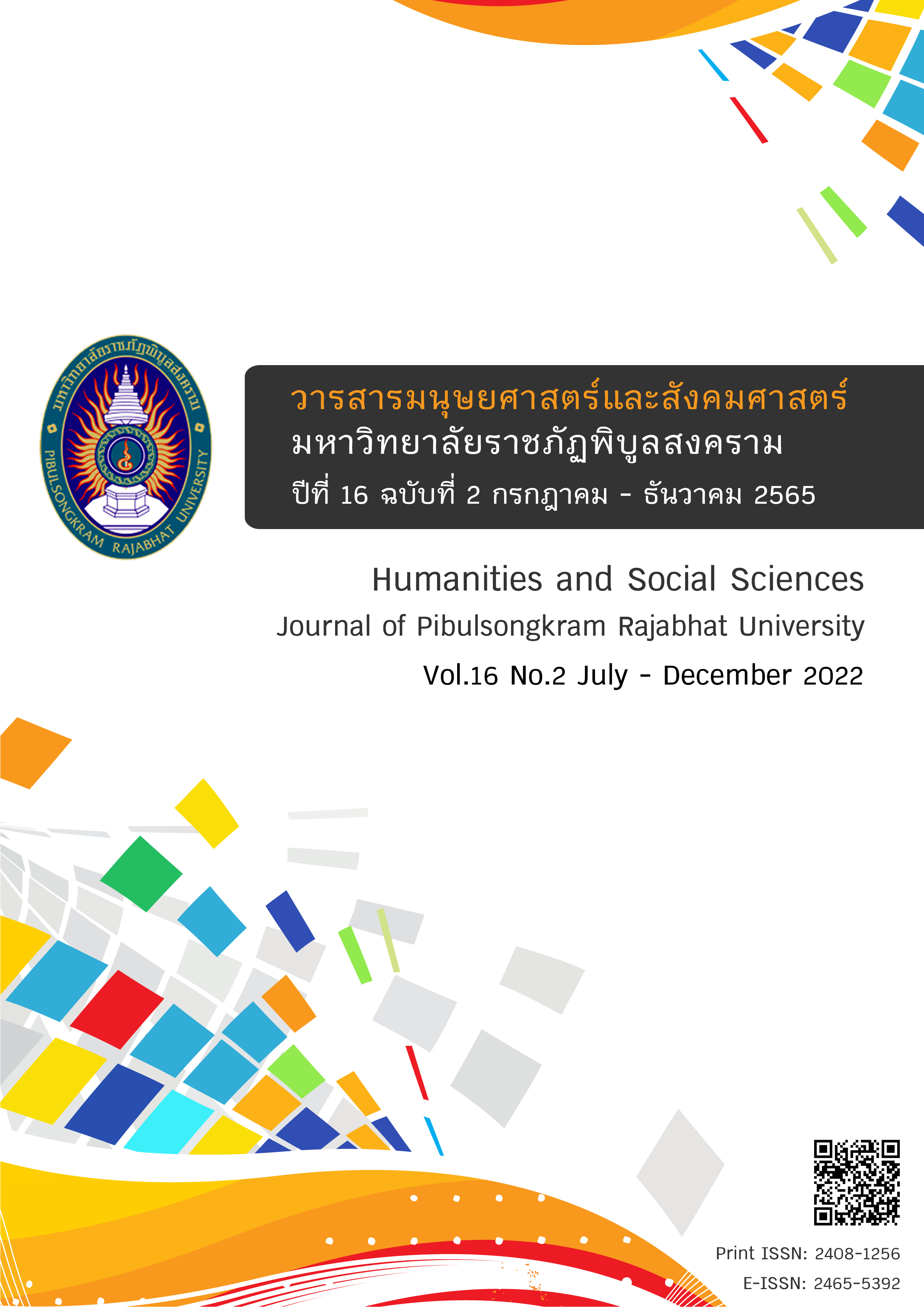Sustainable Competitive Advantage in Agricultural Sector by Using VRIO Framework
DOI:
https://doi.org/10.14456/psruhss.2022.31Keywords:
Sustainable, Competitive advantage, VRIO FrameworkAbstract
In Thailand, agricultural production is one of the activities where various factors are involved. These include weather, environment, farmland, and pricing. In addition, some agricultural products have a short shelf life, thus requiring rapid distribution to prevent spoil. Agricultural products also face high competition, and oversupply occurs some production cycles, causing even more competition. With various factors combined with the uncertainty, the competitiveness has been decreased. Thus, this article discusses an approach enabling an increase in competitiveness and competitive advantage using the VRIO framework with resource-based view theory. This framework focuses on rare resources to added value for consumer and those that are difficult to imitate in competitive market, from which an organization can use to create a sustainable competitive advantage.
References
Ariyani, W., & Daryanto, A. (2018). Operationalization of Internal Analysis Using the VRIO Framework: Development of Scale for Resource and Capabilities Organization (Case Study: XYZ Company Animal Feed Business Unit). Asian Business Research Journal, 3, 9-14.
Barney, J. (1991). Firm resources and sustained competitive advantage. Journal of management, 17(1), 99-120.
Barney, J. B. (1995). Looking inside for competitive advantage. Academy of Management Perspectives, 9(4), 49-61.
Barney, J. B. (1997). Gaining and Sustaining Competitive Advantage. MA: Addison-Wesley.
Barney, J. B. (2002). Gaining and sustaining competitive advantage. NJ: Prentice Hall.
Barney, J. B., & Clark, D. N. (2007). Resource-based theory: Creating and sustaining competitive advantage. Oxford: Oxford University.
Barney, J. B., & Hesterly, W. S. (2010). Strategic Management Competitive Advantage, Concepts and Cases. Pearson.
Becker, G. S. (1964). Human capital: A theoretical and empirical analysis, with special reference to education. New York: National Bureau of Economic Research/Columbia University Press.
David, F. (2013). Strategic management: A competitive advantage approach, concepts & cases (15th Ed.). New Jersey: Prentice Hall.
Geraldes, R., da Costa, R. L., & Geraldes, J. (2019). VRIO FRAMEWORK-STATIC OR DYNAMIC?. In the EURAM 26 – 28 June 2019 (European Academy of Management) Conference (p. 1-38). Portugal: Lisboa.
Grant, R. M. (1991). The resource-based theory of competitive advantage: implications for strategy formulation. California management review, 33(3), 114-135.
Kerth, K., Asum, H., & Stich, V. (2015). Die besten Strategietools in der Praxis: Welche Werkzeuge brauche ich wann? Wie wende ich sie an? Wo liegen die Grenzen? Carl Hanser Verlag GmbH Co KG, München.
Knott, P. J. (2015). Does VRIO help managers evaluate a firm’s resources?. Management Decision, 53(8), 1806-1822.
Miethlich, B., & Oldenburg, A. G. (2019). The Employment of Persons with Disabilities as a Strategic Asset: A Resource-Based-View using the Value-Rarity-Imitability-Organization (VRIO) Framework. Journal of Eastern Europe Research in Business and Economics, 1, 1-13.
Pesic, M. A., Milic, V. J., & Stankovic, J. (2013). APPLICATION OF VRIO FRAMEWORK FOR ANALYZING HUMAN RESOURCES’ROLE IN PROVIDING COMPETITIVE ADVANTAGE. Tourism & Management Studies, 575-586.
Porter, M. E. (2008) Competitive Strategy: Techniques for Analyzing Industries and Competitors. Simon and Schuster, New York.
Rothaermel, F. (2013). Strategic Management: Concept and Cases. London: McGraw-Hill Education – Europe.
Rothaermel, F. T. (2013). Strategic Management: Concepts and Cases. McGraw-Hill Irwin.
Rumelt, R. P. (1984). Towards a strategic theory of the firm. Competitive strategic management, 26(3), 556-570.
Seo, B. G., Park, D. H., & Choi, D. (2016). Innovative service concept generation based on integrated framework of design thinking and VRIO: the case of information supporting system for SMEs in Korea. In Proceedings of the 18th Annual International Conference on Electronic Commerce: e-Commerce in Smart connected World (pp. 1-5). Republic of Korea.
Tomer, J. F. (1987). Organizational Capital: The Path to Higher Productivity and Well-Being Praeger. Journal of Economic Behavior and Organization, 11, 453-55.
Williamson, O. E. (1975). Markets and hierarchies: Analysis and antitrust implications. New York: Free Press.
Downloads
Published
How to Cite
Issue
Section
License
Copyright (c) 2021 Humanities and Social Sciences Journal of Pibulsongkram Rajabhat University

This work is licensed under a Creative Commons Attribution-NonCommercial-NoDerivatives 4.0 International License.
Any articles or comments appearing in the Journal of Humanities and Social Sciences, Rajabhat Phibulsongkram University, are the intellectual property of the authors, and do not necessarily reflect the views of the editorial board. Published articles are copyrighted by the Journal of Humanities and Social Sciences, Rajabhat Phibulsongkram University.









